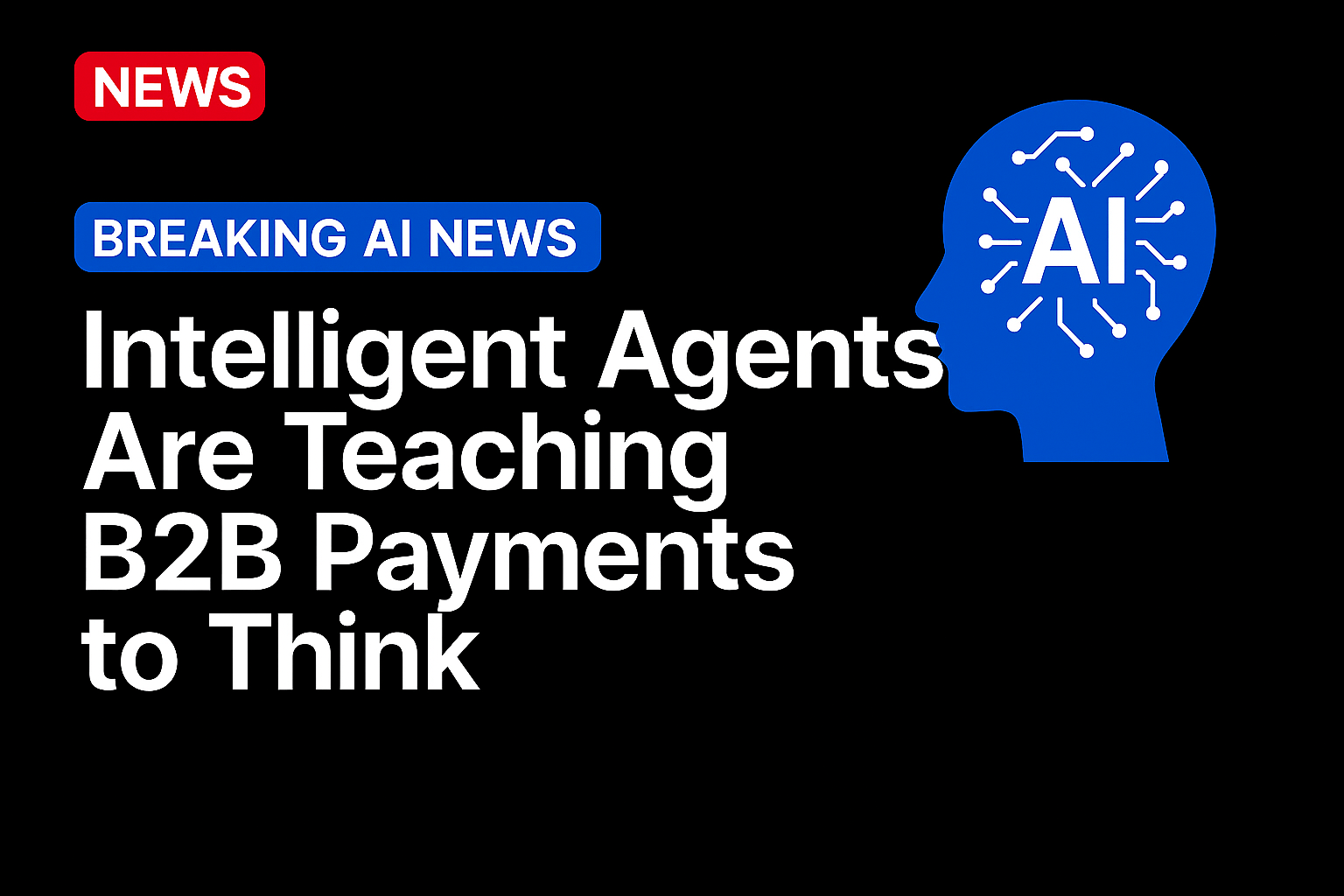Artificial general intelligence (AGI) is the elusive concept at the heart of many conversations about the future of AI. While AI has already transformed industries by mastering specific tasks like language translation, image recognition, and predictive analytics, AGI represents something far more ambitious: a machine that can think, reason, and understand the world as broadly as humans do. OpenAI, the research organization behind GPT and other AI breakthroughs, is fixated on the idea of creating AGI “in a way that benefits all of humanity.” But even the pioneers of artificial intelligence are scratching their heads when it comes to defining what AGI really is.
One such pioneer is AI expert and Turing Award winner, Yoshua Bengio, often called the “godmother of AI” due to her groundbreaking work in the field. In recent interviews, Bengio has expressed uncertainty about the true nature of AGI. If one of the most influential figures in the development of AI isn’t entirely sure what AGI is or how it might come about, it begs the question: what exactly are we working toward, and how far away is this next phase of intelligence?
What Is AGI Supposed to Be?
AGI is often defined as an AI system that has the ability to understand, learn, and apply knowledge across a wide range of tasks at a human-level capacity or higher. Unlike narrow AI, which excels at specific tasks (like playing chess or answering questions based on pre-existing data), AGI would have the flexibility to perform any intellectual task that a human can do, from abstract reasoning to emotional understanding and creativity.
This broad capability means AGI could revolutionize every sector, from healthcare to education, solving complex problems that require reasoning and adaptability. But the challenge of developing such a system is immense, requiring breakthroughs in understanding human cognition, machine learning, and computer science.
Even AI Experts Are Unsure About AGI
Despite decades of progress in AI, experts like Bengio remain cautious when discussing AGI. There’s no clear consensus on when, or even if, we’ll achieve AGI. The technology needed to replicate the fluid thinking of human beings remains far out of reach. In fact, most of the AI systems we use today—like those built into search engines, virtual assistants, and self-driving cars—are examples of narrow AI, which can only function within the confines of their programming and data training.
Bengio’s skepticism highlights a broader divide in the AI community. While some, like OpenAI’s CEO Sam Altman, are bullish on the prospect of AGI, others see it as an uncertain, perhaps unattainable goal. The timeline is another major point of contention. Some predict AGI could be achieved in the next 20-30 years, while others believe it may take centuries, if it happens at all.
The Hype and the Risks
Part of the confusion around AGI stems from the hype it generates. Tech companies, particularly OpenAI, position AGI as the ultimate frontier, something that could transform civilization. While this has helped drive investment and interest in AI research, it also leads to misunderstandings. Many assume AGI is just around the corner because of the impressive leaps in narrow AI, but these systems are far from understanding the world the way humans do.
The other concern, as Bengio and others have pointed out, is the potential risks associated with AGI. If we do reach a point where machines have human-level reasoning abilities, how will we ensure they act in the best interest of humanity? This is where the conversation veers into territory covered by science fiction—AI gone rogue, with machines acting against human interests. Even OpenAI, which has made ethical AGI development central to its mission, acknowledges the immense responsibility and potential dangers of creating such a powerful technology.
Why We’re Still Talking About AGI
Despite the uncertainty, the pursuit of AGI remains a major focus for organizations like OpenAI, DeepMind, and other leaders in the field. AGI represents a transformative milestone in the evolution of technology—one that could solve existential problems like climate change, disease, or even aging. The allure of this possibility keeps researchers focused on cracking the AGI puzzle.
However, for now, AGI remains more theory than reality. While companies may use the term to describe their long-term goals, the technology behind current AI systems is still limited in scope, confined to specialized tasks and dependent on human input. Until we fully understand what AGI is and how to build it, the debate about its feasibility and implications will continue.
Conclusion
AGI may be the next great ambition of artificial intelligence, but it remains a concept shrouded in mystery—even for the people most qualified to understand it. While companies like OpenAI chase this futuristic vision, experts like Yoshua Bengio remind us that we don’t yet have a clear roadmap for how to get there, or even a universally accepted definition of what AGI truly entails.
For now, AGI remains more of a dream than a reality, and even the godmother of AI herself can’t quite say when—or if—that dream will come true.





